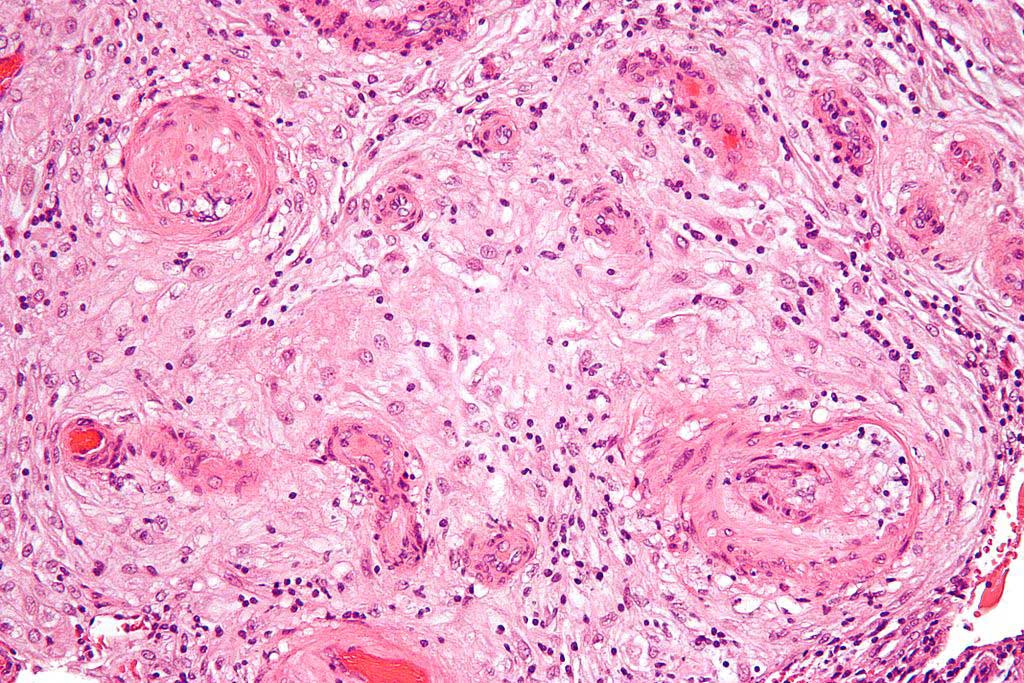Serum MicroRNAs Predict Likelihood of Pregnant Women Developing Pre-Eclampsia
By LabMedica International staff writers
Posted on 02 Jun 2020
MicroRNA biomarkers have been identified in the blood of asymptomatic pregnant women that can be used to predict the potential onset of pre-eclampsia.Posted on 02 Jun 2020
Pre-eclampsia (PE) is a disorder of pregnancy characterized by the onset of high blood pressure and often a significant amount of protein in the urine. When it arises, the condition begins after 20 weeks of pregnancy. In severe disease there may be red blood cell breakdown, a low blood platelet count, impaired liver function, kidney dysfunction, swelling, shortness of breath due to fluid in the lungs, or visual disturbances. Pre-eclampsia increases the risk of poor outcomes for both the mother and the baby. If left untreated, it may result in seizures at which point it is known as eclampsia. Ten to 15% of maternal mortality is associated with pre-eclampsia and eclampsia.

Image: Pre-eclampsia: high magnification micrograph of hypertrophic decidual vasculopathy, as seen in pregnancy-induced hypertension. (Photo courtesy of Wikimedia Commons)
MicroRNAs (miRNAs) comprise a class of about 20 nucleotides-long RNA fragments that block gene expression by attaching to molecules of messenger RNA in a fashion that prevents them from transmitting the protein synthesizing instructions they had received from the DNA. With their capacity to fine-tune protein expression via sequence-specific interactions, miRNAs help regulate cell maintenance and differentiation. In addition to miRNAs playing an essential role in tumor development, dysregulation of certain miRNAs has been associated with many different diseases, such as dementia, and cardiovascular conditions.
Development of effective prevention and treatment strategies for pre-eclampsia has been limited by the lack of accurate methods for identification of at-risk pregnancies. To correct this situation, investigators at the University of California, San Diego (USA) and colleagues at Sera Prognostics, Inc.(Salt Lake City, UT, USA), a biomedical company specializing in diagnostic tests for predicting risk of premature birth, performed small RNA sequencing (RNA-seq) of maternal serum extracellular RNAs (exRNAs) to discover and verify miRNAs differentially expressed in patients who later developed pre-eclampsia.
For this study, the investigators monitored 141 subjects (49 cases, 92 controls) in a discovery cohort and 71 subjects (24 cases, 47 controls) in a separate verification cohort. The subjects were asymptomatic pregnant women between 17 and 28 weeks of pregnancy.
Results of RNA-seq analysis of the subjects’ sera revealed two single-miRNA biomarkers (univariate) and 29 two-miRNA (bivariate) biomarkers that were able to predict later onset of pre-eclampsia. The majority of verified biomarkers contained the microRNA miR-155-5p, which had been reported to mediate the pre-eclampsia-associated repression of the enzyme endothelial nitric oxide synthase (eNOS) by tumor necrosis factor alpha (TNF-alpha). In addition, deconvolution analysis revealed that several verified miRNA biomarkers came from the placenta and were likely carried by placenta-specific extracellular vesicles.
“The ability to identify pregnancies at high risk for developing pre-eclampsia would be of great value to patients and their doctors to better personalize prenatal care,” said senior author Dr. Louise Laurent, professor of obstetrics, gynecology, and reproductive sciences at the University of California, San Diego. “This would enable prompt detection and optimal management of pregnancies that develop pre-eclampsia. And the information could be used to better identify participants for research studies testing preventive therapies.”
“We look forward to the clinical validation of these novel miRNA biomarkers of pre-eclampsia through our continued collaboration with Dr. Laurent and the University of California, San Diego,” said Dr. Jay Boniface, chief scientific officer at Sera Prognostics. “Innovative bioinformatics approaches have enabled their discovery and the prospect of creating predictors for individualized risk of pregnancy complications.”
The pre-eclampsia study was published in the May 19, 2020 online edition of the journal Cell Reports Medicine.
Related Links:
University of California, San Diego
Sera Prognostics, Inc.














